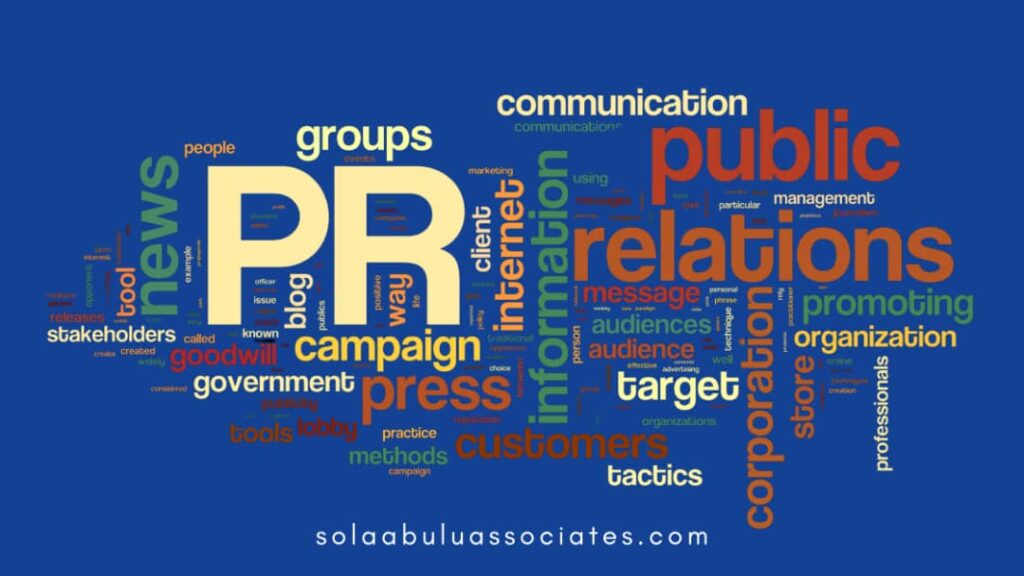Is Media Relations a Core Communications Competency?

It is important to begin this article by clearly defining media relations, as some have interchanged its definition to describe the function and responsibilities in public relations as a whole. Media relations is a strategic communications process that builds mutually beneficial relationships between organizations and the media. This article explains the difference between media relations and public relations.
“Media relations involves working with media for the purpose of informing the public of an organization’s mission, policies and practices in a positive, consistent and credible manner. To be an effective communications practitioner, it helps to know how the traditional media works, especially if you are in a sector or business that is relevant to governments, global investors and institutions. It is immensely helpful to understand the media landscape and build your understanding of how to navigate the space for the benefit of the organization.”
~ Sola Abulu
Media relations is a practice area that exists as one of the 12 communication competencies in the profession. Others include; internal communications, digital and social media, digital communications, project management, campaigns, event management, crisis communications, public relations, issues management, stakeholder management and content creation. You can learn more on each of them when you download this guide developed by Sola Abulu, our Principal Consultant on Communications Competencies.
So, in the communications profession, media relations is an area with its distinct responsibilities and duties that supports business and organizational growth but unfortunately, it is also one area with the least amount of specialists and knowledgeable practitioners.
Media relations practitioners are well-rounded with the knowledge of how to leverage traditional media to drive business and organizational growth and this is very pivotal in today’s digital world where a lot of emphasis is placed on social media channels with a few.
Those with competency in this area also understand the need to regularly undergo media training for their business leaders and executive officers. This ensures that they know how to interact and what to say or what not to say when engaging with the media to avoid attracting any form of crisis or negative sentiments to the brand.
There is also the responsibility of understanding what platform the brand’s target audience is on and in the case of stakeholder mapping, a media relations practitioner understands how to craft different narratives for different stakeholder groups and reach them through the different channels peculiar to them which can be a one or a mix of radio, TV, print or even social media. They understand the intersection with both traditional and new media and develop effective strategies to incorporate the mediums that are best suited for the businesses and organizations they work in. In this article, more insights have been provided on the importance of media relations as a communication practice.
Do you have a goal to invest in yourself as a communications professional? Then our Brand Strategy, then you should sign up on our learning portal with pre-recorded professional training courses that you can access from anywhere in the world for a period of 6 weeks and get a CPDSO-Accredited Certificate upon completion with 6 CPD credits attributed. Register here if you are an intermediate-level communications leader, business owner or human resource manager/consultant.
…………………
Sola Abulu & Associates is a strategy and communications training and consulting firm focused on enabling businesses, brands and institutions to achieve their desired objectives through strategic communications and reputation management.
